COLOR WITH NATURAL DYES .
![ancient-fabric3.jpg]Color
(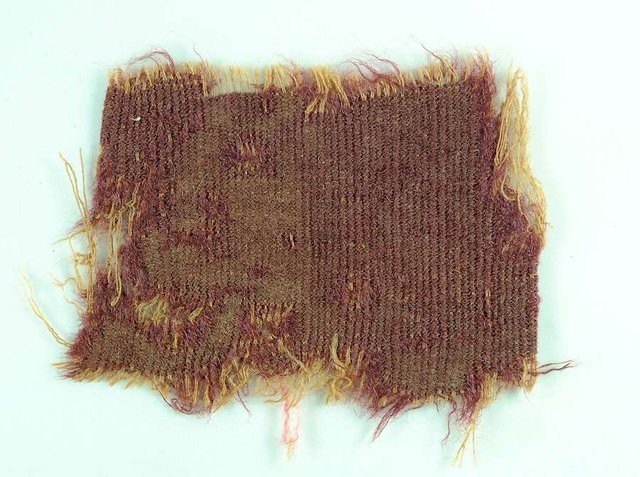 ).
).
Example of above shows that the use of color has been in existence from prehistoric times and in all cultures.
There is an abundance of color in nature, and it must have inspired the ancients to experiment and make use of the beautiful colors around them.
Every civilization has myths associated with color. Aristotle (4th Century BC) considered yellow and blue as colors relating to life's polarities.

Another physicist declared the black and white are no colors, while Psychologists determined that black and white produce visual sensation and have strong effects on other colors.
An understanding of color came with applying mathematics, and art, combined with metaphysics and theology!
 .
.
What is Colorant, it is the materials used to color such as dyes and pigments found in Nature.
It has been in ancient times to beautify .
The most usual use of a natural dye is in a water solution, sometimes a mordant is added to improve the fastness of the dye on the fiber. (In contrast a pigments has no affinity for substrate and is insoluble.
As we see the chief source in times gone by used to be nature with vegetation as the main source, using their knowledge, to use all kinds of materials to dye cloths.
 .
.
It has been found by Biochemist that the vital activity of plants is also dependent on the colors, as bright flowers attrack insects and birds for pollination.
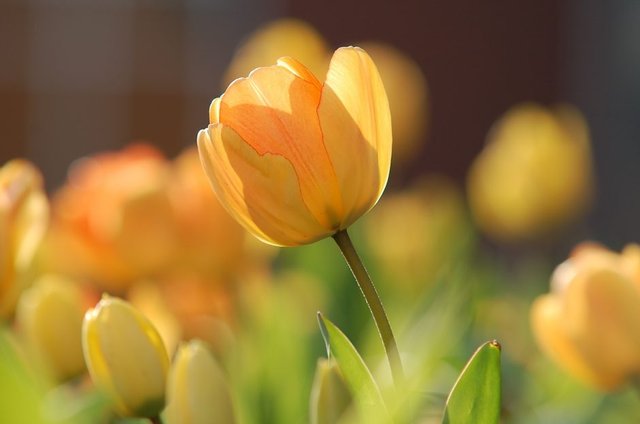 .
.
Interesting that when using a natural colorant, it not only colors the fabric but becomes an anti fungal agent protecting the fabric against bacteria and fungi, and as a prevention from moths.
It is also said that Indigo has a cooling sensation for humans.
Without color the human living will be less aesthetic and fascinating.
Color is associated with human emotions, human qualities, seasons, festivals and life in general. Color is used to beautify their surroundings, using the natural colors in plants, soil and sky.
The art of dyeing, from ancient times was already developed in the Greco-Roman period.
The use of natural dyeing is evident with the wall hangings of Ajanta, Ellona, in India.
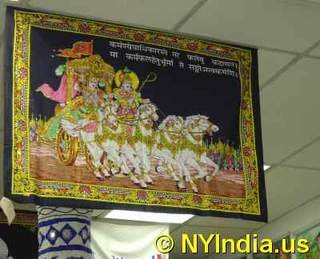
In a scroll found with Egyptian hieroglyphs , detailed description of how to extract natural diyee and recipes for the application of the dyes were found.
The process developed over the years, resulting sometimes in complicated processes for the best results.
The natural dyes were primarily used to color fabrics, stain hides, decorate items such as shells and feathers. They used to paint the walls of their cave telling their life's stories.Red, Yellow black and white and and reddish pigments made from ocher have been dated to 15,000 BCE.
Until the middle of the last Century dyes were derived from plants and animal sources, by long processes, and
the colors produced included, Indigo, Tyran Purple, Alizarin and Cochineal .
During the Middle ages the fabrics to be dyed were manufactured by housewives and manufacturers, and dyed for commercial or home purposes.
Silk a protein based fiber was imported from China to Persia (400-600 BCE), and produced beautiful dyed silk fabrics. Silk centers were set up in France Spain and Italy, becoming a symbol of wealth and prosperity.
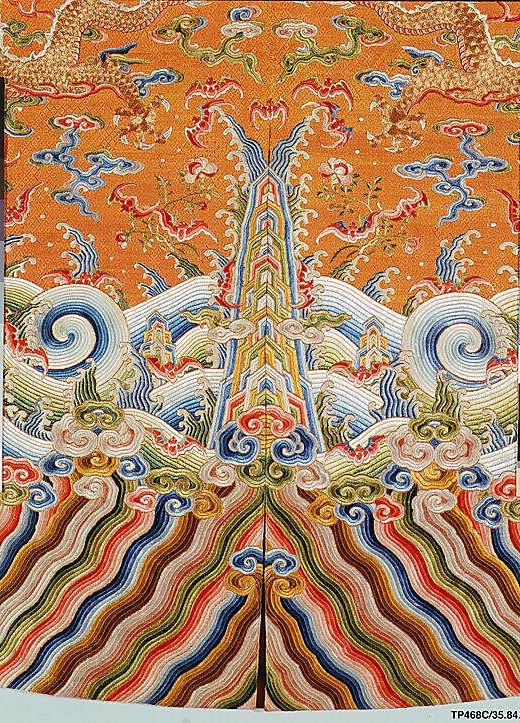 ,
,
Cotton samples were found in India and Pakistan, dated 3000 BC, but samples of dyed cotton in Europe only in the 14th Century.
A Greek Artifact found detailed dye making materials and recipes as it was practiced by the Greeks, thus the dying with natural dyes must have been prictised for thousands of years.
In India dyeing is dated to around back to 5000 BC, believed to be used in painting and dying in Pre -historic ages.
What did they use?
Roots, bark leaves,stems and flowers, Fruits and berries were also used, with various insects and shellfish extracts.
 .
.
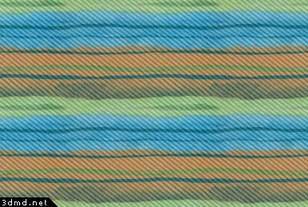 .
.
Today it is a trending fashion to return to the use of natural dyes, as the chemical dyes often have negative results ,
various allergies, and not always suitable for all fabrics, however natural dyes must be used on natural fibers for best results, wool, silk, linen and cotton.
 .
.
☀ Post Resteem Service Offer ➡ Re-steem Your New Post ➡ Send 0.400 SBD or 0.400 STEEM To @stoneboy ✉ Post Url in the Memo ✉ Your Post Will Be Re-steem to 7300+2800 followers with 2 different accounts.☺